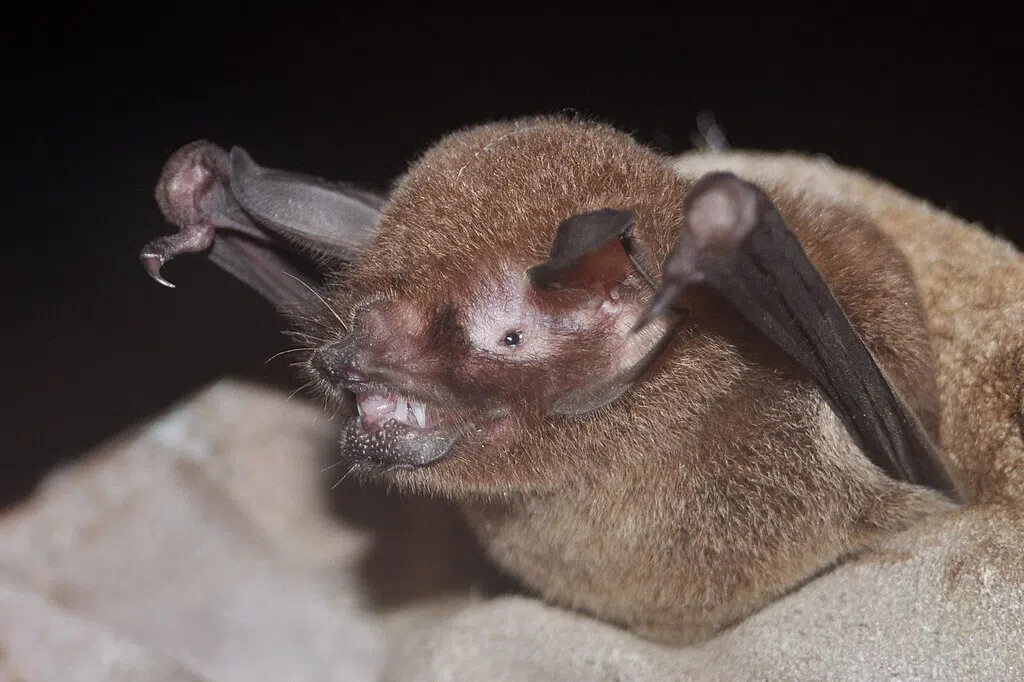Coronavirus found in Brazilian bats expands global map of risk
Sign up now: Get ST's newsletters delivered to your inbox

The virus, named BRZ batCoV, was detected in Pteronotus parnellii – a small insect-eating “moustached” bat common across Latin America.
PHOTO ILLUSTRATION: WIKIMEDIA COMMONS
Follow topic:
NEW YORK – A coronavirus carrying a genetic feature found in the viruses that cause Covid-19 and Middle East Respiratory Syndrome (Mers) has been discovered in bats in Brazil, expanding the known global range of bat-borne viruses capable of jumping into other species.
The virus, named BRZ batCoV, was detected in Pteronotus parnellii – a small insect-eating “moustached” bat common across Latin America. The samples were collected in the states of Maranhao and Sao Paulo.
The study, released on Oct 27 as a preprint ahead of peer review and publication, shows the virus belongs to the betacoronavirus family, which includes Sars-CoV-2, Mers-CoV and the original severe acute respiratory syndrome (Sars) virus. Genetic sequencing revealed a short stretch of the virus’ spike protein that can be cut by enzymes in animal and human cells – a feature that helps some coronaviruses enter those cells more easily.
Such furin cleavage sites have not previously been reported in bat coronaviruses from the Americas, suggesting these traits may have evolved independently in South American bat populations.
The finding is notable because a similar cleavage site in Sars-CoV-2’s spike protein became a lightning rod during the pandemic, when some claimed it was evidence of laboratory manipulation. Subsequent research has shown that comparable sites occur naturally in several other coronaviruses – including this newly detected Brazilian strain – indicating such features can arise through ordinary viral evolution.
The research, led by Dr Kosuke Takada and Professor Tokiko Watanabe at the University of Osaka, with collaborators from Sao Paulo University and the University of Wisconsin-Madison and other international laboratories, found the virus to be related to Mers-like coronaviruses but distinct enough to form its own lineage. Related viruses have been identified in bats across Asia, Africa and the Middle East, but not in the Western Hemisphere until now.
There is no evidence the newly discovered virus infects humans. The finding underscores the importance of wildlife surveillance programmes that track the diversity of coronaviruses before they have a chance to spill over into people. BLOOMBERG

